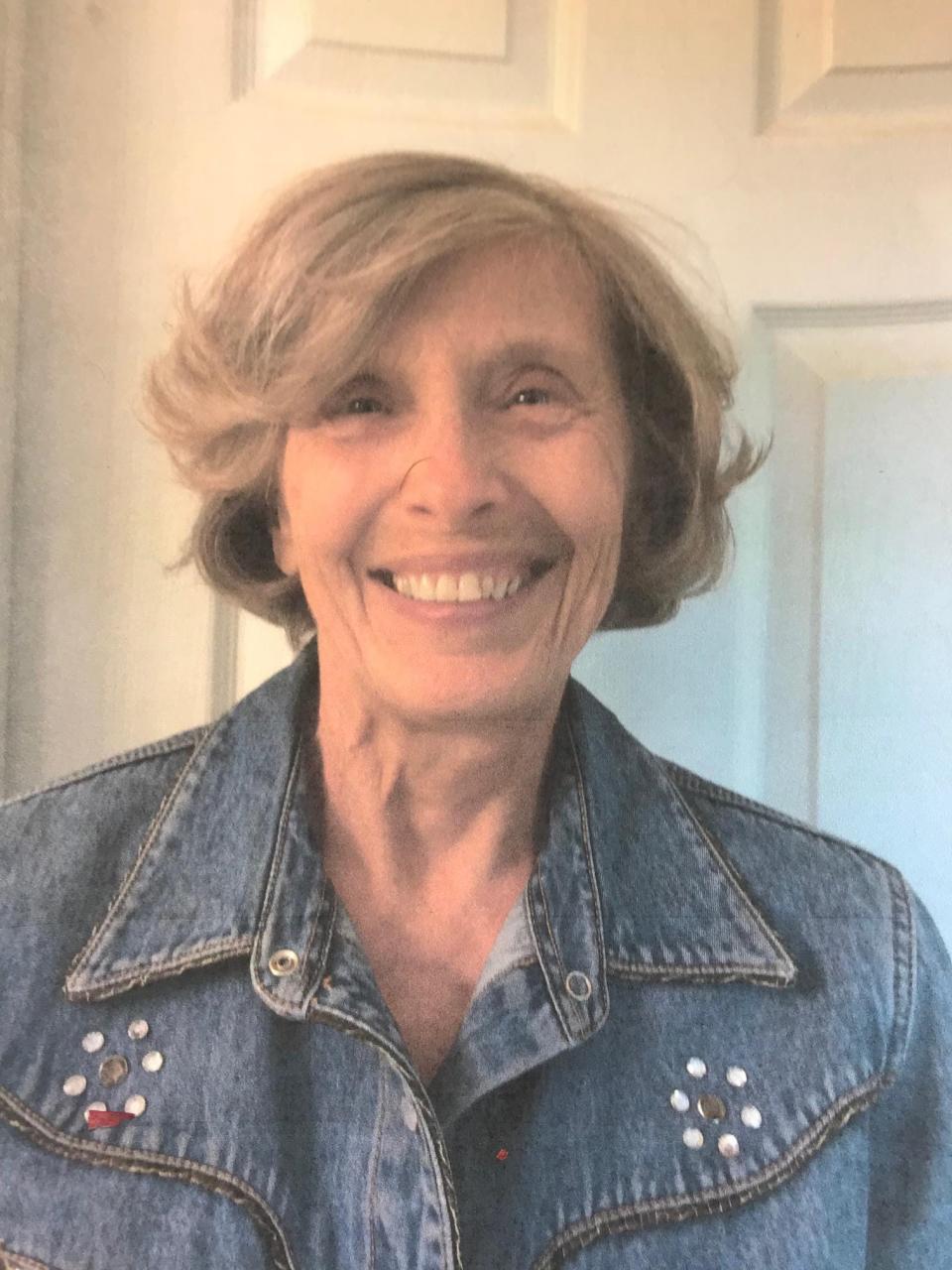Hoof Beats: Blucifer and the Four Horsemen
I spent my childhood on the East Coast, so it’s only fitting that I discovered Blucifer, the blue mustang, by reading about him in the New York Times — NOT by seeing him at the Denver International Airport, where the sculpture “lives.” In other words, Blucifer made national news.
Horse statues can be found from coast to coast, in streets, shopping malls, and museums. In downtown Pueblo, it’s not unusual to turn a corner and find yourself gazing up at a large-as-life bronze horse. But Blucifer is unique. Created by Mexican-American sculptor Luis Jimenez, the horse — Luis called him “Mustang” — is made out of fiberglass, and his coat is cobalt blue. The statue stands 32 feet tall (he’s rearing), weighs 9,000 pounds (the average mustang weighs about 900 pounds) and has fire-red eyes. The word “mustang” comes from the Spanish word “mestengo,” used since the 16th century to describe a stray — a horse with no owner.
Born in El Paso, Texas, Luis worked in his father’s neon-sign shop as a boy — which explains the fire-red LED floodlights that illuminate Mustang’s eyes — and studied fine arts at the University of Texas. He had a real-life model — Black Jack, a blue-roan Appaloosa he and his wife Susan owned. Luis had almost completed the statue when a portion of it broke away and struck him in the thigh, severing an artery. He died almost instantly. As word of the “killer horse” got out, the statue got his nickname. Blucifer arrived at the Denver Airport in 2003, and the Times’ article, published earlier this year, marked the 15th anniversary of his presence.
Public reaction has been divided. Some people love Mustang. Some find him spooky, even menacing. Susan Jimenez maintains that his eyes are “fierce,” but not evil. Some insist that Mustang is guarding travelers who use the airport — an equine St. Christopher.
When I first saw photos of Blucifer, they reminded me of the 1887 painting that depicts the Four Horsemen of the Apocalypse in the Bible that prophesy how the world will end. The painting, by the Russian artist Viktor Vasnetsov, shows them in a battlefield, with people dying beneath them and ethereal, barely visible angels and human faces above them. The first rider, from right to left, wears a gold crown and a fierce expression. He’s drawing his bow — but there’s no arrow in it. He rides a magnificent, highly romanticized white stallion, and their collective name is Conquest. Behind them is a muscular, red-haired man, naked except for a loin cloth, wielding a sword with both hands. He’s astride a horse whose coat is the same color as his rider’s hair. They represent War. A thin black horse follows them — his malnourished rider, wearing only a short tunic, holds a scale. They represent Famine. The most famous horseman is the last. His horse is gray, the color of a tombstone. The rider is a skeleton wrapped in a gray shroud, and he carries a scythe in one bony hand. Together, they are the pale horse and his pale rider, Death. It's worth pointing out that only Conquest has a saddle pad — it resembles a leopard’s hide — and none of the four horses have a saddle. None of them have bridles, either. How do their riders control them? Who’s in charge here? The riders? Or their horses?
Here are two very different works of art, each showing different facets of horses’ individuality. Early humans began painting horses 40,000 years ago on the walls of Chauvet Cave in southern France. By the time The Four Horseman was painted, it was common to exaggerate horses’ good looks, although only Conquest is truly beautiful. War is not willingly involved in the killings — his mouth gapes and his head is turned as though he’s neighing to a friend beyond the confines of the canvas. Famine looks ready to buck his rider off, and Death is nobody’s idea of a trail horse. And now there’s Mustang — the fierce, don’t-mess-with-me protector who keeps travelers’ safe. At least those going into or out of Denver Airport.

Joan Fry is a lifelong horse lover and the author of “Backyard Horsekeeping: The Only Guide You’ll Ever Need” (The Lyons Press, Revised Edition, 2007). She can be reached via email at joan@joanfry.com.
This article originally appeared on The Pueblo Chieftain: Hoof Beats: Blucifer and the Four Horsemen

